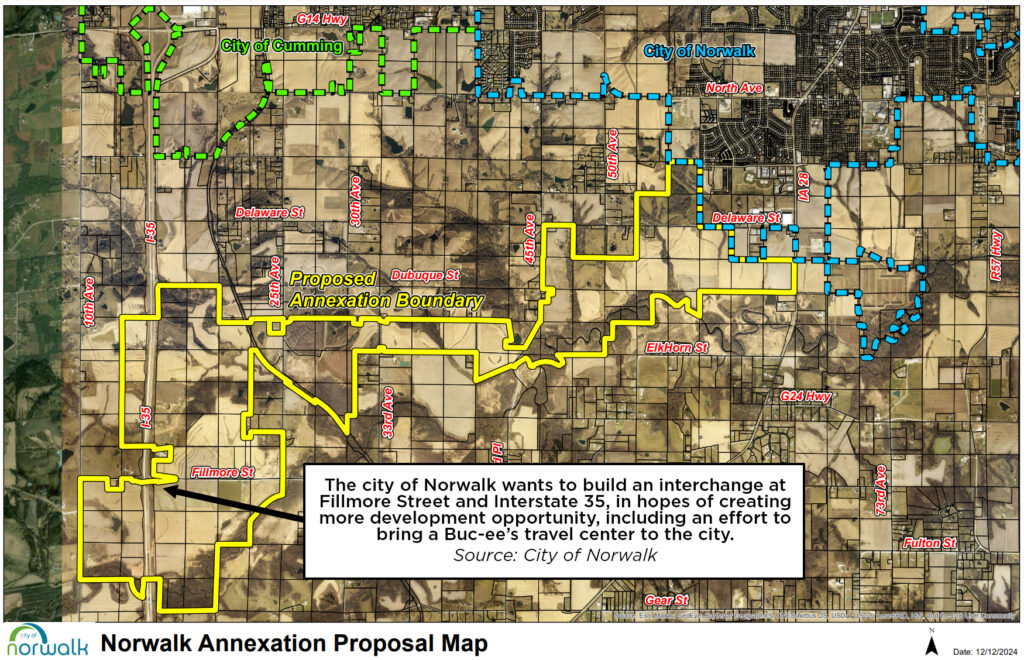Iowa Leading Indicators Index rises slightly, anticipates declines in unemployment insurance claims

BUSINESS RECORD STAFF Mar 18, 2021 | 4:06 pm
2 min read time
405 wordsAll Latest News, Economic Development, Statewide NewsThe Iowa Leading Indicators Index increased to 104.7 in January from 104.3 in December. With six of the eight components contributing positively, the monthly diffusion index remained unchanged at 75. This is the sixth month in a row the monthly diffusion index has registered at or above 50.
The Iowa Leading Indicators Index was constructed to signal economic turning points with two key metrics that when seen together are considered a signal of a coming contradiction: a six-month annualized change in the index below minus 2%, and a six-month diffusion index below 50. The report suggests that employment growth will improve over the next three to six months.
The Bureau of Labor Statistics reported that the Iowa unemployment rate, a coincident indicator, decreased to 3.5% in January from a revised 3.7% in December 2020; one year ago, the state’s jobless rate was 2.8%, the ILII reported. The U.S. unemployment rate fell to 6.3% in January 2021 from 6.7% in December.
The 12-month moving average of weekly unemployment insurance claims increased to 10,618 in January from 10,424 in November; average monthly claims were up 68.9% from January 2020, and 45.7% above the monthly historical average from 1988 to 2020. The 6,179 average weekly unemployment claims for January 2021 was 84.9% lower than the 40,835 average weekly unemployment claims in March 2020.
“As the weather continues to improve and our seasonal layoffs come to an end, we are hopeful our unemployment rate will continue to decline and our labor participation rate will improve,” Director Beth Townsend of Iowa Workforce Development said in a statement.
It is likely that the 12-month moving average of unemployment insurance claims will begin to decline in March, the ILII report stated.
The six-month diffusion index remained unchanged in January at 62.5, and the annualized six-month ILII change value was 2.8%. Five of the eight component indicators — diesel fuel consumption, the Iowa Stock Market Index, the national yield spread, the new orders index and residential building permits — experienced an increase of greater than 0.05% over the last six months.
The Iowa nonfarm employment coincident index recorded a 0.42% decline in January, the 14th month in a row of declines. As a 12-month moving average, the nonfarm employment coincident index is likely near the lowest point of COVID-induced declines and will likely show increases beginning in April, the report stated.
The full Iowa Leading Indicators Index for January is available online.










